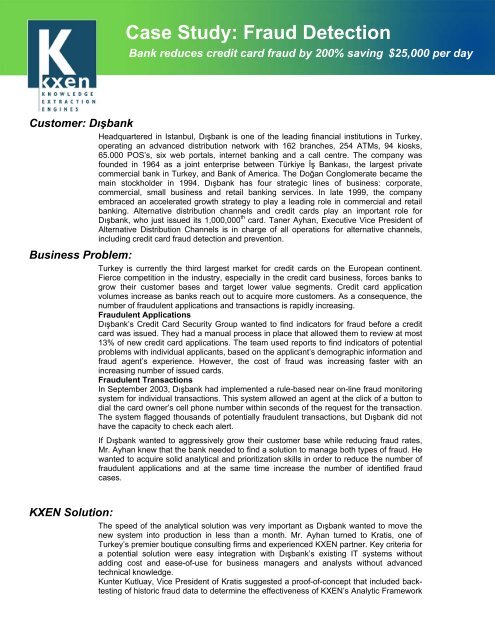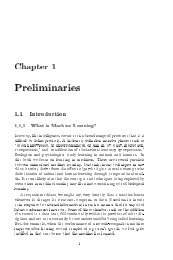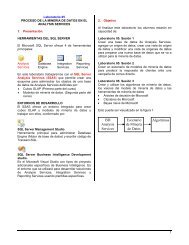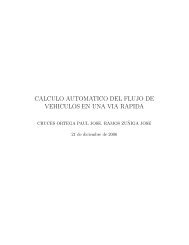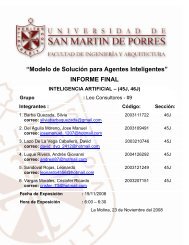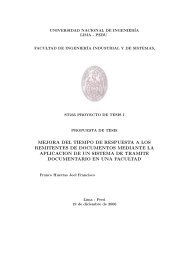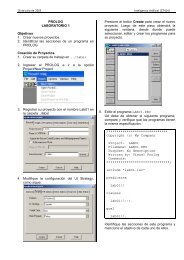Case Study: Fraud Detection - Wiphala.net
Case Study: Fraud Detection - Wiphala.net
Case Study: Fraud Detection - Wiphala.net
Create successful ePaper yourself
Turn your PDF publications into a flip-book with our unique Google optimized e-Paper software.
<strong>Case</strong> <strong>Study</strong>: <strong>Fraud</strong> <strong>Detection</strong>Bank reduces credit card fraud by 200% saving $25,000 per dayCustomer: DışbankHeadquartered in Istanbul, Dışbank is one of the leading financial institutions in Turkey,operating an advanced distribution <strong>net</strong>work with 162 branches, 254 ATMs, 94 kiosks,65.000 POS’s, six web portals, inter<strong>net</strong> banking and a call centre. The company wasfounded in 1964 as a joint enterprise between Türkiye İş Bankası, the largest privatecommercial bank in Turkey, and Bank of America. The Doğan Conglomerate became themain stockholder in 1994. Dışbank has four strategic lines of business: corporate,commercial, small business and retail banking services. In late 1999, the companyembraced an accelerated growth strategy to play a leading role in commercial and retailbanking. Alternative distribution channels and credit cards play an important role forDışbank, who just issued its 1,000,000 th card. Taner Ayhan, Executive Vice President ofAlternative Distribution Channels is in charge of all operations for alternative channels,including credit card fraud detection and prevention.Business Problem:Turkey is currently the third largest market for credit cards on the European continent.Fierce competition in the industry, especially in the credit card business, forces banks togrow their customer bases and target lower value segments. Credit card applicationvolumes increase as banks reach out to acquire more customers. As a consequence, thenumber of fraudulent applications and transactions is rapidly increasing.<strong>Fraud</strong>ulent ApplicationsDışbank’s Credit Card Security Group wanted to find indicators for fraud before a creditcard was issued. They had a manual process in place that allowed them to review at most13% of new credit card applications. The team used reports to find indicators of potentialproblems with individual applicants, based on the applicant’s demographic information andfraud agent’s experience. However, the cost of fraud was increasing faster with anincreasing number of issued cards.<strong>Fraud</strong>ulent TransactionsIn September 2003, Dışbank had implemented a rule-based near on-line fraud monitoringsystem for individual transactions. This system allowed an agent at the click of a button todial the card owner’s cell phone number within seconds of the request for the transaction.The system flagged thousands of potentially fraudulent transactions, but Dışbank did nothave the capacity to check each alert.If Dışbank wanted to aggressively grow their customer base while reducing fraud rates,Mr. Ayhan knew that the bank needed to find a solution to manage both types of fraud. Hewanted to acquire solid analytical and prioritization skills in order to reduce the number offraudulent applications and at the same time increase the number of identified fraudcases.KXEN Solution:The speed of the analytical solution was very important as Dışbank wanted to move thenew system into production in less than a month. Mr. Ayhan turned to Kratis, one ofTurkey’s premier boutique consulting firms and experienced KXEN partner. Key criteria fora potential solution were easy integration with Dışbank’s existing IT systems withoutadding cost and ease-of-use for business managers and analysts without advancedtechnical knowledge.Kunter Kutluay, Vice President of Kratis suggested a proof-of-concept that included backtestingof historic fraud data to determine the effectiveness of KXEN’s Analytic Framework
for Dışbank’s problem. In just one day, it was found that Dışbank’s Credit Card SecurityTeam was able to identify 92% of fraud cases with a high degree of reliability.<strong>Fraud</strong>ulent ApplicationsIn less than 15 days, Kratis proceeded to implement a system, which created fraudmodels on a Windows desktop and scored all individual applications. Here the ability ofKXEN to automate the modeling process was of critical importance. Models are based ondemographic information and historic fraud data. The resulting reports include a fraudscore for all individual applications and are forwarded to fraud agents, who now apply theirexperience only on reviewing those applicants most likely to commit fraud.<strong>Fraud</strong>ulent TransactionsKratis improved the near real-time monitoring system, which produced far too many alerts.With KXEN, each credit card transaction is scored individually in real-time for its likelihoodto be fraudulent. The models are based on past spending patterns combined withdemographic information of the cardholders. Another improvement was to reduce thenumber of alerts from 300,000 to around 30,000 per quarter by fine-tuning known fraudrules and discovering unknown fraud patterns.Results:Dışbank increased the number of identified fraudulent applications by 200% from 7 to 21per day. This represents savings of $25,000 per day and returned more than the entiresoftware investment within the first week. As of today more than 50 fraudsters usingcounterfeit cards at our merchant locations or made fraudulent applications have beenarrested after April 2004 when the fraud modelling system was set.The new system is used by 13 fraud agents within the Credit Card Security Department. Ithad an immediate positive impact on the morale of the team members, who became muchmore effective at their job. Rather than manually sifting through reams of non-fraudulentdata to identify potential candidates, they spend their time working on actual fraud cases.They increased the number of fraud cases caught by a factor of three.Credit card security agents can now call customers within seconds of a dubioustransaction. In one case soon after the system went live, a customer had not even realizedthat his wallet was stolen, when a bank representative called the store where thetransaction took place. The criminal was arrested on site and the customer received hiswallet back, including the entire cash contents.The improvement in service clearly helps to differentiate Dışbank in a highly competitivemarket. It brings the bank closer to its customers and enhances the value it provides byprotecting its customer base against financial loss and identity theft. At the same time,cost savings from prevented fraud contribute directly to the bottom line.As one of the next projects Dışbank will extend the use of KXEN to other divisions, suchas the credit risk department, where they will seek to reduce the overall credit defaultexposure of applications while increasing the number of approved card applications.


